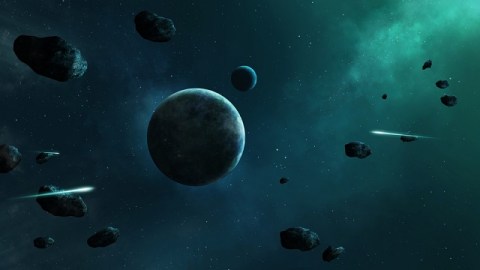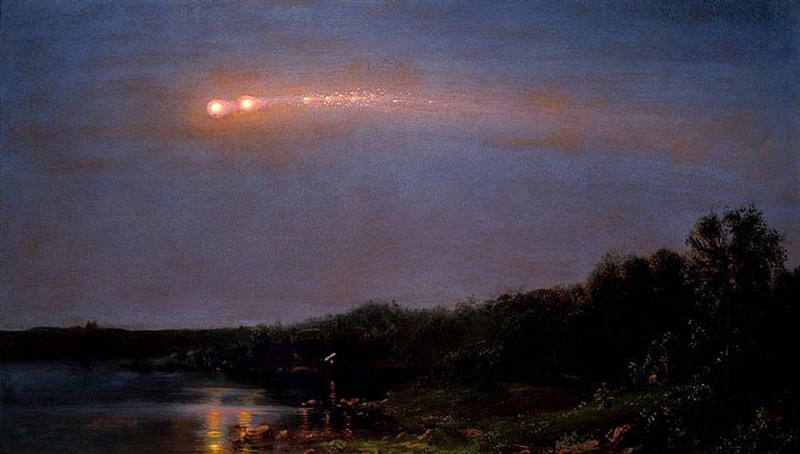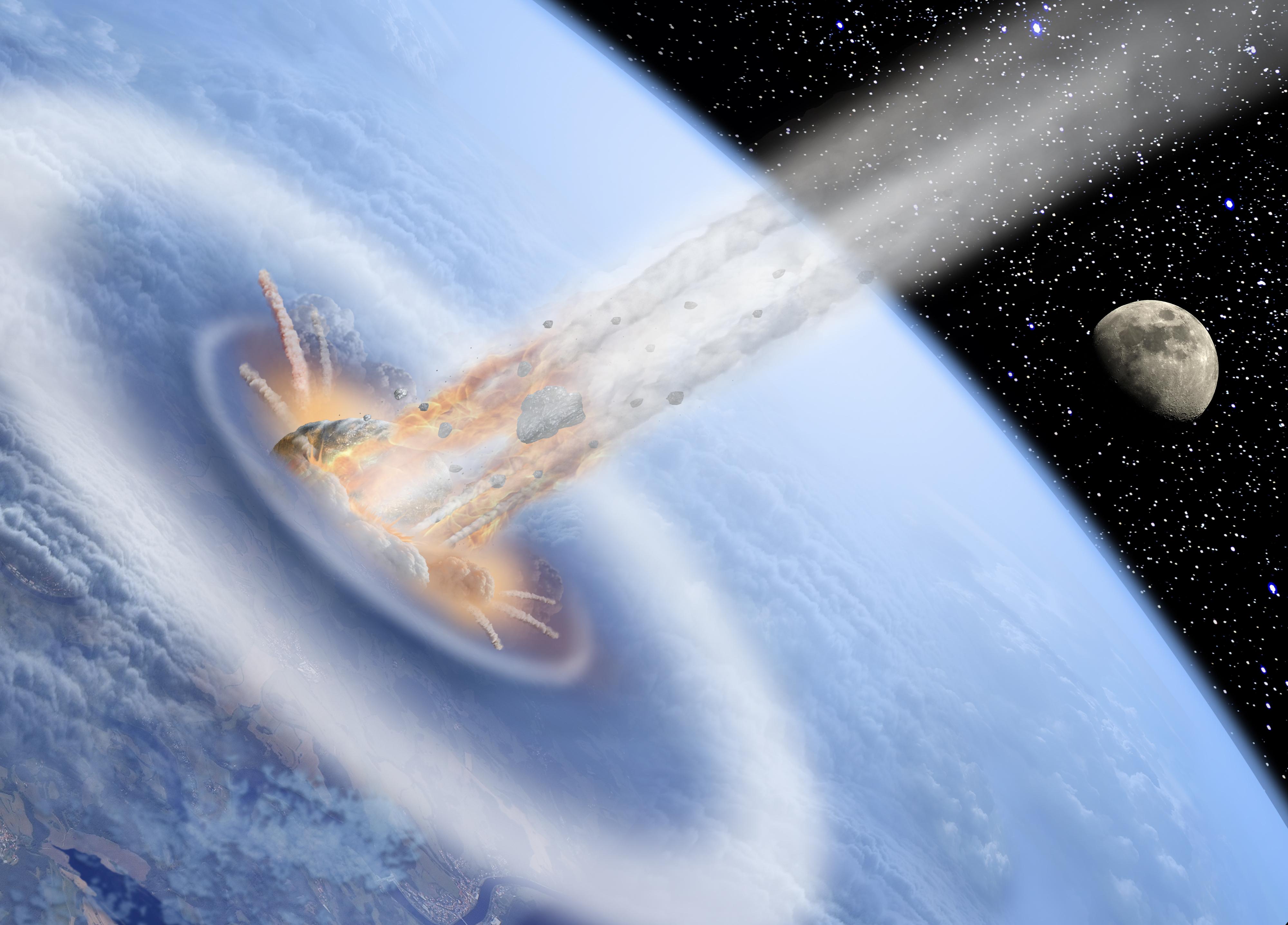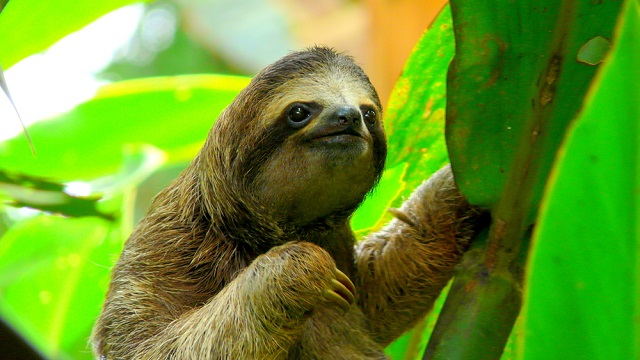Russian Meteor’s Relatives Could Be On Their Way Here

What’s the Latest Development?
In an attempt to learn more about the 11,000-metric ton meteor that landed outside of the Russian town of Chelyabinsk in February, brothers and orbital dynamicists Carlos and Raúl de la Fuente Marcos ran through billions of potential orbits, located and averaged out the ten best that could lead to a collision with Earth, and searched NASA data for those objects known to be on similar paths. In a paper to be published in Monthly Notices of the Royal Astronomical Society: Letters, they note that the 20 or so objects they found may be the remnants of a larger asteroid that broke up, and that they could someday follow the Chelyabinsk meteor here.
What’s the Big Idea?
Asteroid defense initiatives don’t need to ramp up their efforts just yet: The brothers, along with other scientists, say that many other factors are involved that could impact the arrival of these objects. For example, even if the orbits identified seem similar now, gravity could change them significantly over time. Also, they are not completely sure whether the objects are related to each other or to the Chelyabinsk meteor. Since sending a craft out into space to collect comparison samples isn’t possible, measuring the objects’ light spectra could help determine whether they’re made up of the same materials as the February visitor.
Photo Credit: Shutterstock.com





